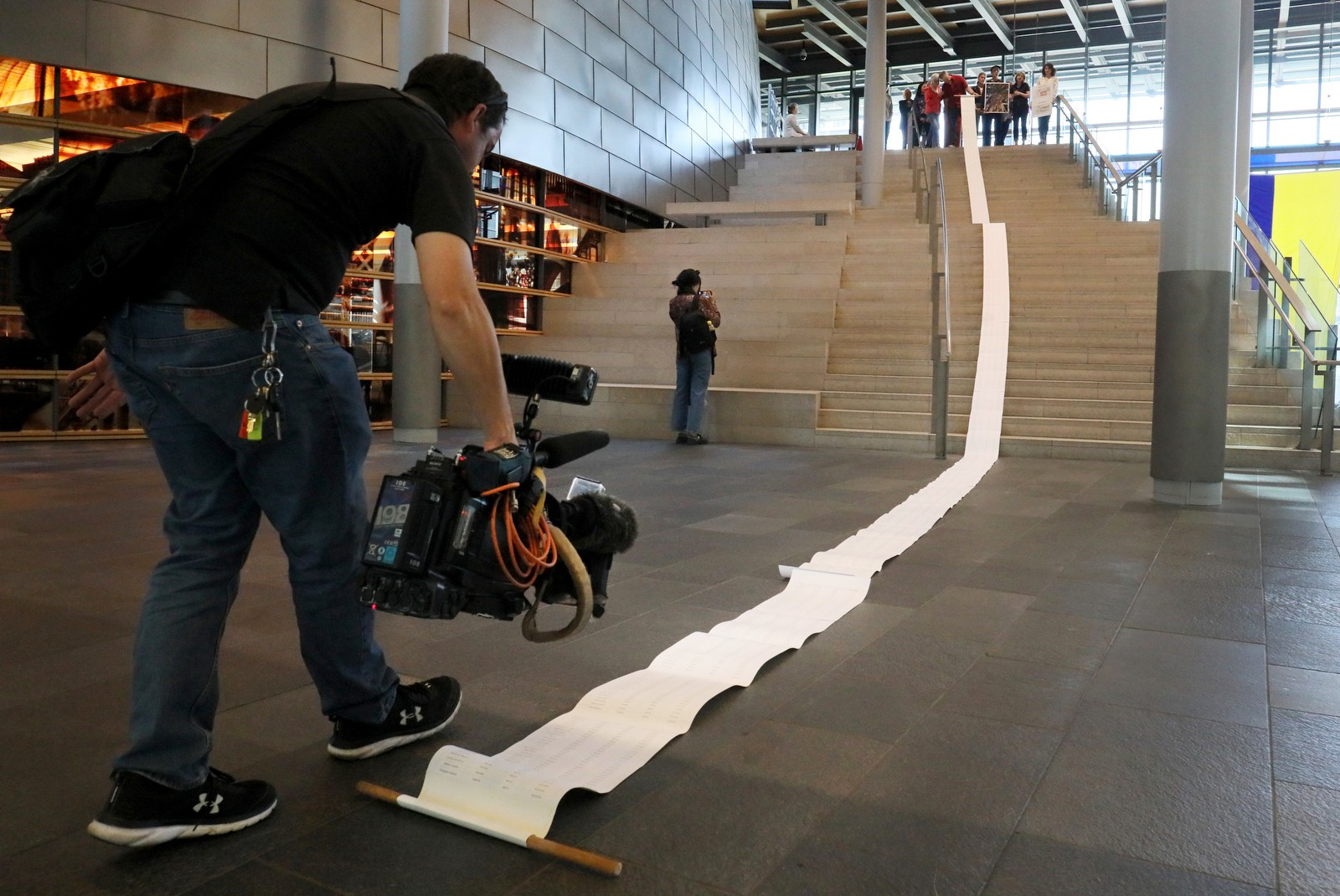
What Seattle Really Means by "Protected" Trees
The City's Latest Map Falsely Claims 800+ Trees as Protected
SDCI wants us to believe hundreds of trees are saved from removal on development projects, but their own data reveals that almost none are truly protected.
When we published this op-ed revealing Seattle's failure to protect healthy trees from being cut for development, SDCI shared a new tree-tracking map which appears to show hundreds of protected trees. (On July 8, SDCI removed the 800+ protected trees on their map, leaving only 50. We believe this is a response to our investigation.)
.avif)
Analysis of 341 of these "protected" trees reveals that fewer than 10 were actually protected from development — the rest were either approved to be cut, or were far outside the scope of the permit, and at zero risk in the first place.
Here is what SDCI said about their database:
"every green dot that appears would equate to a tree or trees protected under that specific permit...as you can see on the map, hundreds of trees are shown as protected since the new ordinance became effective in July 2023."
We did a deep dive on hundreds of trees SDCI claims are protected. During June 2024, we analyzed the "trees protected with construction” category. On average, SDCI showed a running daily total of 800-900 trees protected. We zeroed in on 341 randomly selected trees on 68 different construction projects. We found that out of 341 trees designated as "protected", 67 were approved to be removed or even already removed, and 249 trees had zero risk of removal, since the scope of the construction project was nowhere near the tree.
We categorized the 341 trees by why the "protected" status was actually false:
- Interior Remodel (100 trees): Projects which have zero ground disturbance, i.e. kitchen remodel, adding a story to existing single family home.
- No Exterior Conflict (149 trees): Projects with minor ground disturbance not near the tree, such as an ADA ramp, bump-out addition, new deck or addition of DADU/ADU not near tree. In all cases, we could find no request to remove trees.
- Tree Approved for Removal (67 trees): Tree already removed or approved to be removed per the construction permit
- Demolition (15 trees): Since trees on Demolition Permits are usually removed via the Construction Permit, these trees should not be considered "protected" from construction.
- Truly Protected Tree (10 trees): Any tree remaining on a site with major ground disturbance (although we noted severe damage to some of the 10 trees in this category on site visits).
SDCI claims they have protected any tree that remains standing on any construction project, even if the work has zero impact on the trees. Planners at SDCI gather information about trees on a property as part of the permitting process, even if the project requiring a permit would not impact trees. In the SDCI portal for strictly interior projects, we often see the following request of property owners: Provide location, species, and diameter at 4.5 feet above the ground (DSH) of all Tier 1, Tier 2, Tier 3, and Tier 4 trees, including off-site trees with canopies overhanging and/or roots extending onto the site.
SDCI claims they have protected trees for which they have also issued removal permits or confirmed impending removal. Why are 67 trees which are or will be legally removed per SDCI permit identified as "protected?"
SDCI staff acknowledged in a meeting with the Urban Forestry Commission that protected trees are not really protected. During the June 12, 2024 meeting, at minute 47, SDCI staff says:
"I think that the protected trees category...it doesn’t necessarily mean that the code required the tree to be protected."
Staff with the Office of Sustainability adds:
“It could be misleading in that it looks like as though we're saving a lot of trees in situations where development might be happening, but that’s not necessarily the case.”
Why does SDCI's top management tell the public a different story?
We are thankful that these two City staff acknowledged the truth. Mayor Harrell, SDCI and City Council should join them in recognizing the damage being caused by Seattle's tree ordinance and failed forest management practices. Our health-protecting, climate-mitigating and carbon-sequestering urban forest is at stake.
How You Can Help
Reach out to Mayor Harrell (bruce.harrell@seattle.gov) and City Council (council@seattle.gov). Tell them to amend the flawed 2023 tree ordinance and move tree protection out of SDCI.



.avif)



.png)